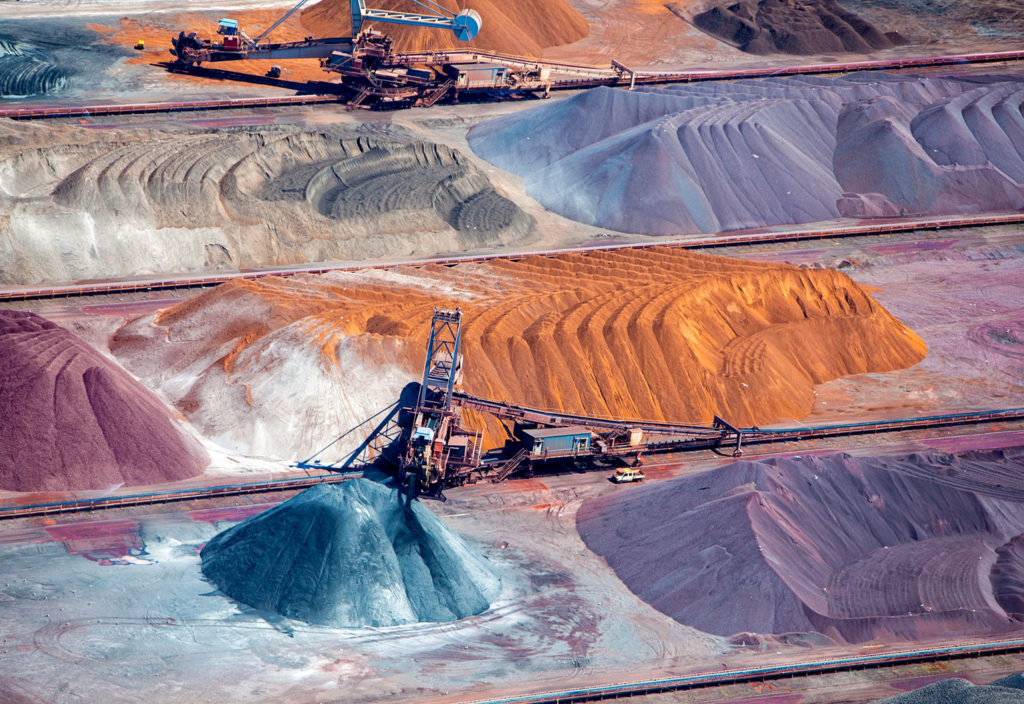A Perth-based company recently took out the $70,000 WA Innovator of the Year Award for a solution that uses glycine to leach copper, gold and other metals from ore.
Mining and Process Solutions (MPS) was named overall winner out of a diverse range of finalists, including companies pioneering vertical bike storage racks and a ‘roborigger’ system that uses gyroscopic and inertial forces to wirelessly control the orientation of crane loads.
Glycine is a non-toxic white powder that is used as a preservative and flavour enhancer in the food industry, and as a health supplement to reduce the symptoms of ulcers, arthritis and diabetes.
MPS has worked with Curtin University to develop a process that uses a glycine-based chemical reagent to leach copper, nickel cobalt and zinc from ore. According to the MPS website, the process can also be used to leach precious metals such as gold, silver, some forms of platinum and lead under specific conditions.
MPS Managing Director Ivor Bryan said the award would help the company foster homegrown innovation.
“We are very proud to be able to bring a non-toxic and environmentally sound method of extracting metals to the mining industry, and this award provides us with a very significant marker along the way in our development process,” he said in a statement.
In-ground extraction
The glycine process can be used to replace toxic chemicals such as cyanide and sulphuric acid, which are currently used to leach gold and copper from crushed ore. But Bryan said the company’s vision is to develop the process to a point where it can be used to leach metals from ores without digging it up.
He said the glycine leaching solution could be pumped to the deposit, then back to the surface with the metal in solution. This would save on energy and environmental disturbance, and potentially make currently inaccessible deposits economically viable.
The dissolved metal can then be stripped from the glycine reagent, which is made by reacting with sodium hydroxide to produce sodium glycinate. After the metals have been stripped, the reagent can be used in further extraction processes.
Bryan said the process could also be used to leach metals from waste and tailings, and was chemically selective so that it didn’t dissolve unwanted impurities like iron and manganese.
“We should be able to transform from large holes in the ground to actually leaving the material where it is and removing just the precious metals,” he said, pointing out that this would also remove the need for tailings dams.
